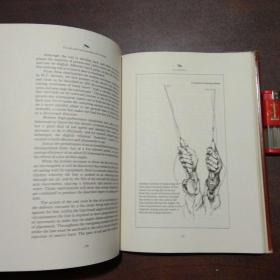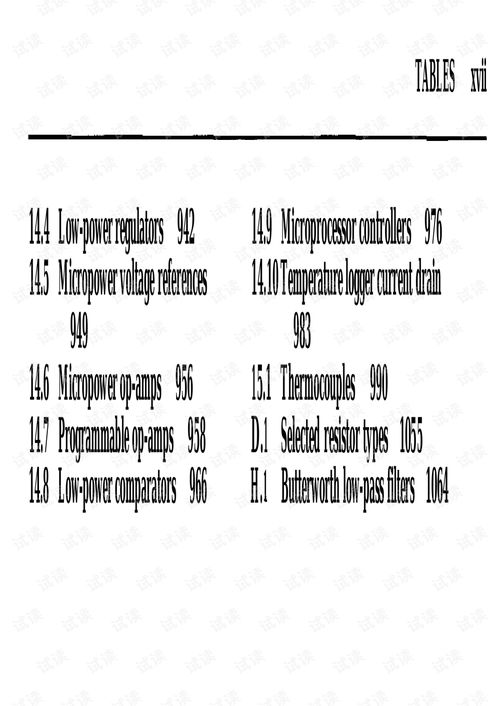Content:
Embarking on the journey of learning fly fishing can be both exhilarating and challenging. The art of fly fishing requires a blend of patience, skill, and understanding of the natural environment. Whether you are a beginner or looking to refine your technique, mastering the art of fly fishing involves several key steps. In this article, we will delve into the essential techniques to help you get started on your fly fishing adventure.
Understanding Fly Fishing Basics
Before diving into the technical aspects of fly fishing, it's crucial to understand the basics. Fly fishing is a method of fishing that uses an artificial fly, which imitates the movement and appearance of natural insects. The fly is cast using a fly rod, which is lighter and more sensitive than traditional spinning or baitcasting rods.
Choosing the Right Equipment

The first step in learning how to fly fish is to select the appropriate equipment. Here's a rundown of the essential gear you'll need:
- Fly Rod: Choose a rod that matches your casting style and the type of fishing you plan to do. For beginners, a 4- to 6-weight rod is a good starting point.
- Fly Reel: A fly reel should be lightweight and have a smooth drag system. Make sure it's compatible with your rod.
- Fly Line: The fly line should be long enough to cast your fly and land it gently on the water. Floating lines are standard for most fly fishing scenarios.
- Leader and Tippet: These are the sections of the line that connect the fly line to the fly. The leader should be about 9 to 12 feet long, with a tippet of 6 to 12 inches attached to the end.
- Wading Boots and Waders: Proper footwear and protection for your lower body are essential for safety and comfort in the water.
- Fly Box: A container to hold your flies is essential. Choose one that is easy to access and fits your fly collection.
Fly Selection and Presentation
The choice of flies can be overwhelming for beginners. Here are some tips to help you select the right flies:
- Match the Hatch: Choose flies that mimic the natural insects present in the water. This technique involves identifying the insects that are hatching and using flies that imitate them.
- Water Conditions: Consider the water's clarity, temperature, and flow rate when selecting flies. For example, in clear water, you may need smaller, more subtle flies.
- Seasonal Changes: Adjust your fly selection based on the season. Fish may be more active during certain times of the year, and their feeding habits can change accordingly.
Once you've chosen your flies, it's important to present them correctly. Here are some key points:
- Casting: Learn the basic casting techniques, such as the overhead cast, roll cast, and the reach cast. Practice these casts to develop a smooth and accurate casting motion.
- Wading: Move slowly and carefully in the water to avoid spooking fish. Use a wading staff to maintain balance and stability.
- Leader Length: Adjust the length of your leader and tippet based on the water's depth and clarity. A longer leader may be necessary in deeper or clearer water.
- Timing: Pay attention to the timing of your fly's presentation. The most effective moments often come when the fly is just above the water's surface or when it's in a natural resting position.
Practice and Patience
Like any skill, fly fishing takes practice. Here are some tips to help you improve:
- Take Lessons: Consider taking lessons from an experienced fly fishing guide or instructor. They can provide personalized advice and help you correct any mistakes.
- Practice Casting: Spend time practicing your casting techniques on land. This will help you develop a consistent and accurate cast.
- Fish in Different Conditions: Experience the variety of water conditions to understand how they affect your fly fishing technique.
- Be Patient: Fish can be unpredictable, and catching them often requires patience. Stay focused and enjoy the process.
Safety and Conservation
Lastly, always prioritize safety and conservation when fly fishing. Here are some important considerations:
- Safety First: Always wear a life jacket when wading in deep or swift water. Be aware of your surroundings and the weather conditions.
- Leave No Trace: Practice Leave No Trace principles to minimize your impact on the environment. This includes properly disposing of trash, leaving natural structures undisturbed, and respecting wildlife.
- Respect the Fish: Handle fish with care to minimize stress. Use a net to land fish and release them quickly and gently.
In conclusion, learning how to fly fish is a rewarding endeavor that requires time, practice, and dedication. By understanding the basics, choosing the right equipment, mastering casting techniques, and being patient, you'll be well on your way to becoming a proficient fly fisherman. Remember to always prioritize safety and conservation, and enjoy the beauty and tranquility of the water. Happy fishing!












